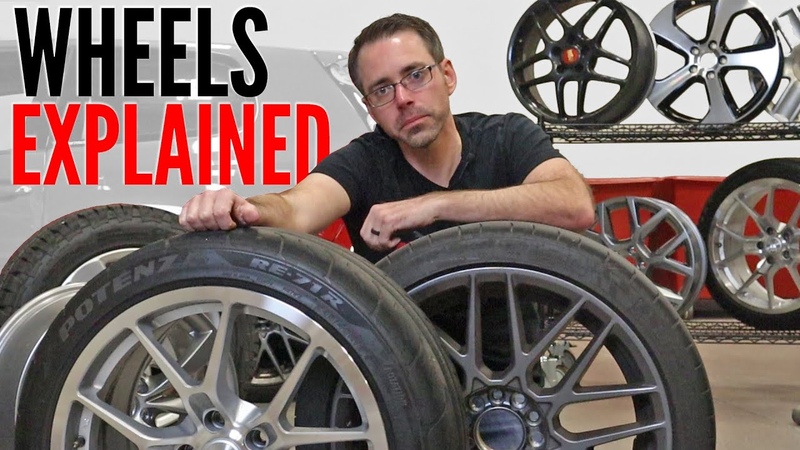Watch this short video to find which tires fit your car or truck
You might have a lot of questions when it comes to replacing your tires. With measurements, performance types, and load capacities, there’s a lot you might feel you need to think about.
The truth is there aren’t a lot of factors to worry about, but there are just a few important things you need to consider.
Identifying Compatible Tire SizesYou can check three different places to find the tire size on your vehicle. The first is in the driver’s door jam. Open up the driver’s door and look within the door jam or on the door itself and locate the sticker that has your tire information on it. Here you will find the wheel (rim) and tire size your vehicle came equipped with from the factory. It is important to note that if you purchase your vehicle used or had the wheels changed, the tire size could be different from when the vehicle left the factory.
For this reason, it is always a good idea to check the tire itself. You will see a series of letters and numbers that will look like this for example: 205/55R16. This will confirm the size of the tires on your vehicle. Make sure all 4 tires read the same size, as some vehicles come with staggered fitments which means the front and rear wheels and tires can be different sizes.
You can also check your owner’s manual but the first two options will be the best.
Tire WidthWhen you look at the tire size, you will see a label that reads something like P215/60R16 94T. With this example, the first number, 215, is the width of the tire in millimeters. The number 60 indicates the sidewall height and width ratio of 60%. Finally, 94 shows the tire’s load capacity or how heavy a car the tires can support.
Finally, 94 shows the tire’s load capacity or how heavy a car the tires can support.
The primary factor to think about is your car’s tire width vs. rim size. If you plan to keep your rims, their size will determine which tires will work well and which ones won’t.
If you are looking to put a narrower or wider tire on your vehicle, than it currently has, there are a lot of factors to consider. This will change the way the vehicle handles, suspension geometry, anf fuel mileage. You typically have some flexibility if you are looking to get a wider tread pattern, a higher sidewall, but you cannot change to a size that varies by a great deal. It’s best to ask before you purchase tires so the right tires are installed the first time. JACK Mobile Tire can recommend the best tire size for your vehicle.
RimsThe size of the rims you have will determine the range for the size of tires you can have on your car. This means that your wheels are compatible with a range of tire sizes that will allow your car to function optimally. You can view the Rim width size chart for comparison.
You can view the Rim width size chart for comparison.
As an example, you can look at the 5 in. rims in the chart. You can see that the minimum tire width these rims are compatible with is 155 mm tires. The optimal performance width is between 165 and 175 mm, and the maximum is 185 mm. You have some options when you compare tire width vs. rim size, but these online guides are not what you should also go off of – you should always consult an expert first. Call us at JACK Mobile Tire to verify the proper fitment.
Reasons to Change TiresThere are a few reasons why people change tires. Sometimes it’s for maintenance reasons, but other times it is for performance and aesthetics. In general, tires need replacements every 3 to 4 years, depending on how much you drive. It’s best to go with tires and brands that you feel will last at least that long.
PerformanceThere are several types of tires that drivers can pick from. As you change out your tires, you have the option to choose from these tire categories for increased performance on the roads you want to prepare for. There are all-season, summer, winter, and all-weather tires.
There are all-season, summer, winter, and all-weather tires.
All-season tires are convenient options because they have a good overall performance on most kinds of roads. As an all-around option, they are good for everyday use but are not recommended for driving in wintry conditions, as the compounds get hard in extreme cold.
Summer tires are great for dry pavements and also for wet roads. Most performance vehicle owners will opt for a summer tire for the best performance in warmer climates.
Winter tires offer traction in the snow and on icy roads. Traction and stopping distance are greatly improved with winter tires. The compounds that make up winter tires are different from all-season and summer tires. The tire stays soft in extremely cold conditions. If you live in an area that experiences a good amount of winter weather, do yourself a favor and get a set of winter tires.
Owners of summer and winter tires usually exchange tires as the seasons change to match the road conditions.
All-weather are snowflake rated, like winter tires, which means they can be used in wintery conditions. However, all-weather tires will wear out faster than all seasons tires do throughout the course of a year.
AestheticsFor aesthetics, you can purchase larger wheels (rims) and tires if you are looking to change the appearance of your vehicle. Wheels and tires usually have the largest impact, next to the paint, on the overall appearance of a vehicle. If you would like a wider tire or get a larger or thinner sidewall, it’s always best to consult an expert at JACK Mobile Tire Installation first.
Improperly fitted tires can cause your car’s speedometer to be off, driving experience to decline, and overall performance to suffer—causing more automotive issues later on.
Ask For HelpIf you’re still unsure what size tires or what kind of tires you need for your car, you can always contact one of the certified technicians at Jack Mobile.
At JACK, technicians want to help you get the tires you need and get back onto the road. Since there are many kinds of tires out there, technicians can recommend some great options for your car.
Installing the right tires on your vehicle is essential to the overall performance and safety of your vehicle. Your tire choice should reflect the conditions in which you drive and your preferences for vehicle response and handling. To make the most informed decision, though, you must understand how to read tire size when it's time to buy tires.
Thankfully, determining the correct tire size for your vehicle is relatively simple. All the information you need is immediately available either in your owner's manual or somewhere on the vehicle itself. Already know how to read tire size numbers? Skip the explanation and find the right Bridgestone tire for your vehicle online or by visiting a Bridgestone tire dealer near you.
While actual, physical measurements like width and diameter are factors in finding the right tire size, there are additional details to consider.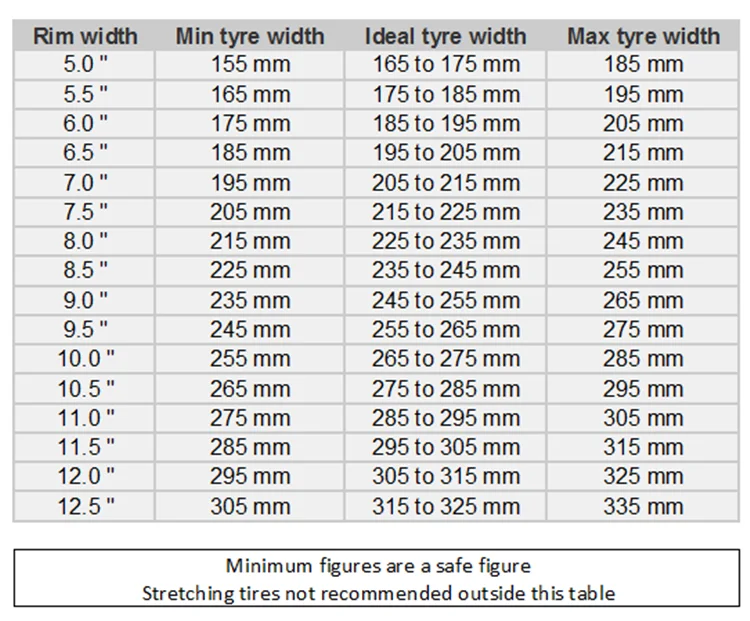 Knowing how to read car tire sizes also means understanding terms like load index and speed rating that affect your vehicle's overall capabilities.
Knowing how to read car tire sizes also means understanding terms like load index and speed rating that affect your vehicle's overall capabilities.
No matter what vehicle you drive, finding the manufacturer-recommended tire size should be easy. The best place to start looking is the owner's manual.
Don't worry if you can't locate the manual; you may also find a tire fit guide in these locations:
You can also find tire size data on the sidewall of your current tires (assuming they're the proper size). However, no matter where you find your tire size, you will have to decipher a sequence of numbers and letters. Don't worry if it looks confusing at first — every letter and number has a straightforward meaning. Let's break down how to read car tire size.
Let's take a look at what each number or letter stands for, one by one, in the order they appear in your tire size data.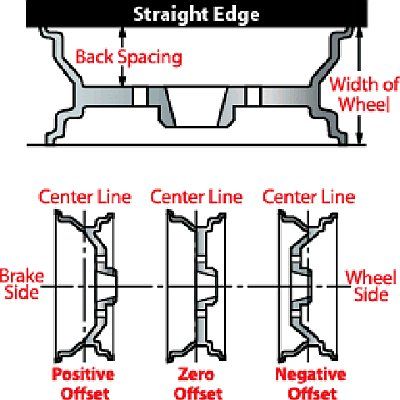 We'll be using this tire size as an example: P225/70R16 91S.
We'll be using this tire size as an example: P225/70R16 91S.
For most vehicles, you'll see the letter "P" before the number sequence begins: P225/70R16 91S. The "P" is short for "P-metric," which is a designation by the Tire and Rim Association for a "passenger car" tire type. A "P" signifies the tire was designed to primarily be used on passenger vehicles, which can include cars, minivans, SUV's and other light-duty pickup trucks.
If you see "LT" instead of "P," it's because you need "light truck" tires – "LT" is short for "LT-metric," which is a designation by the Tire and Rim Association for a "light truck" type tire. Light truck tires are designed to be used on vehicles capable of carrying heavy cargo or pulling trailers.
Similarly, "T" stands for "temporary" and is for your spare tire. If you see "ST," that means "special trailer." A special trailer tire is never installed on the drive or steer wheels. It's only intended for use on trailer axles.
The first number to appear in your tire size information is the width, in millimeters, of the correct tires for your vehicle: P225/70R16 91S.
Tire width always refers to the measurement from one sidewall to another. Thus, a tire with the measurement "P225" is for a passenger vehicle and has a nominal width of 225 millimeters.
After the slash mark, the next number you see is for the tire's aspect ratio, which essentially tells you how tall your tire's profile is: P225/70R16 91S. Aspect ratios are delivered in percentages. Tire makers calculate the aspect ratio by dividing a tire's sidewall height by its width. If a tire has an aspect ratio of 70, it means the tire's height is 70% of its width.
Lower aspect ratio tires, such as a 60 series, generally offer vehicle handling performance advantages over higher aspect ratio tires, such as a 75 series.
After the aspect ratio comes a letter to indicate the tire's construction: P225/70R16 91S. "R" refers to the internal structure of your tire and gives you a general idea of its stability.
"R" refers to the internal structure of your tire and gives you a general idea of its stability.
There are two types of construction that you may see on the sidewall of a tire
"Bias-ply" tires were used on automobiles and light trucks until the '70s," reports the classic car site, Hemmings. But radial tires represent the vast majority of tires on the road in the United States today. In fact, you will almost always see the letter "R" on tires as radial tires have been the industry standard for over 40 years. Radial construction means the tire's internal ply cords are oriented in a radial direction (at 90 degrees to the centerline of the tread).
The next number is the wheel’s diameter. For example, a tire with the P225/70R16 91S would fit a rim with a 16-inch diameter.
Take note: if you decide to change your rims' size, you will also need to get new tires that are compatible with the change in size.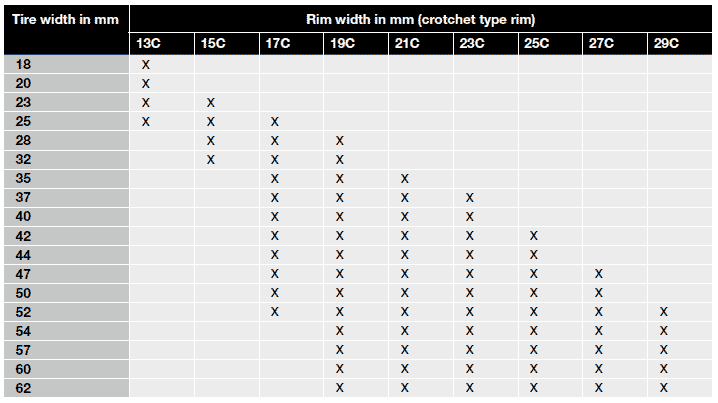 Tires designed to fit a 16-inch wheel diameter will not stretch to fit on new 18-inch rims.
Tires designed to fit a 16-inch wheel diameter will not stretch to fit on new 18-inch rims.
View Other Common Diameter Sizes:
14-Inch Diameter Tires
15-Inch Diameter Tires
17-Inch Diameter Tires
18-Inch Diameter Tires
19-Inch Diameter Tires
20-Inch Diameter Tires
21-Inch Diameter Tires
22-Inch Diameter Tires
The next figure needed to read tire size numbers is your tire's load index. The load index tells us how much weight, in pounds, the tire can support when fully inflated: P225/70R16 91S.
It is called the load "index" because the figure doesn't tell us the precise number of pounds the tire can support, at least not by itself. Instead, the number corresponds to a specific load capacity listed in an index. Beginning with one and ending with 150, numbers in the load index represent carrying capacities of 99 to 7385 lbs.
Additionally, you may not find this number present on all tires. This is because the load index is not required by law to be printed on tires.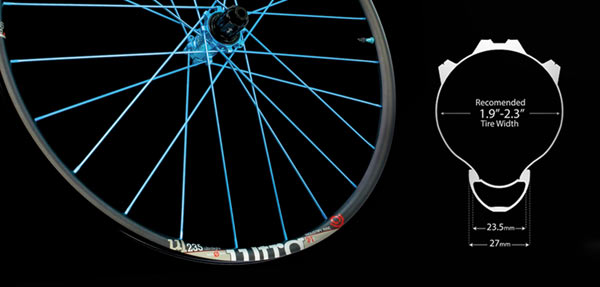 If there is no load index measurement on your tires, check the owner's manual or contact your local Bridgestone tire dealer for more information.
If there is no load index measurement on your tires, check the owner's manual or contact your local Bridgestone tire dealer for more information.
The final figure in a tire size sequence is the speed rating indicated by a letter: P225/70R16 91S. Just as your load index number corresponds to a particular load, your speed rating letter corresponds to a specific speed capability based on a standardized laboratory test.
For example, a tire with a speed rating "S" is rated for up to 112 mph, while a tire rated "R" is up to 106 mph. Remember that this isn't a recommended cruising speed, but rather the maximum speed that tire type can withstand. Of course, you should always follow legal speed limits on roadways.
Here are the most common letters for speed ratings and their corresponding maximum speeds:
Tires with higher speed ratings tend to offer increased handling performance.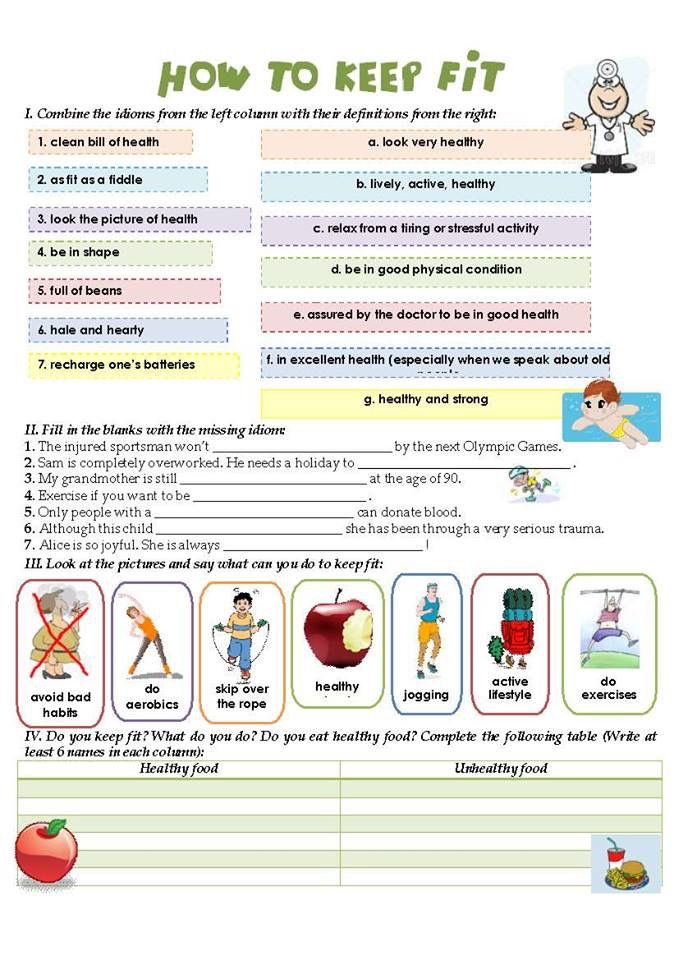 Replacement tires must have the same or higher speed rating to maintain vehicle speed capability. If a vehicle has tires with different speed ratings, the speed rating of the "slowest" tire dictates the vehicle's top speed.
Replacement tires must have the same or higher speed rating to maintain vehicle speed capability. If a vehicle has tires with different speed ratings, the speed rating of the "slowest" tire dictates the vehicle's top speed.
Like the load index, the speed rating is not required by law to be listed on all tires. If your tires do not have the speed rating listed, your owner's manual will have the relevant information for your model's stock tire type.
You may find "M+S" or "M/S" after the main tire size sequence on some tires. This indicates that the tire has some capacity to handle snow and mud conditions. This indication is common on most radial or "R" type tires.
You may notice another set of letters and numbers on your tire's sidewall beginning with "DOT." This is not an indication of tire size, but rather that the tire complies with Federal Motor Vehicle Safety Standards. The "DOT" stands for Department of Transportation and is followed by the tire identification number.
The first two letters or numbers after DOT refer to the manufacturing plant where the tire was produced and the last four numbers indicate the week and year the tire was made. The numbers 4318, for instance, indicate that the tire was manufactured during the 43rd week of 2018.
While it's certainly possible to upgrade your tires' size, it's usually best to stick to your manufacturer-recommended tire size for optimal performance. Increasing the size of your tires may give your car more ground clearance, but it may also affect handling, drivetrain performance and fuel economy. Keep in mind the changes to key figures mentioned above, such as load index and speed rating, and how they may affect your vehicle's capabilities if you decide to increase tire size.
Once you know how to read the numbers on tires, you can explore tires by size and narrow down your tire options quickly. Compare tire sizes online or visit a Bridgestone tire dealer near you for help.
When you need to buy a new set of wheels, the question - which tire fits which rim - becomes one of the most relevant among motorists. Someone wants to slightly tune the car by choosing non-standard wheels, someone wants to improve the driving performance of the car or just choose the right option.
When choosing new tires for rims, you can always choose the simplest, but generally correct way - use a tire calculator or contact a specialist from a tire store. Although the task is not as difficult as it seems at first glance. We will analyze in more detail about the correspondence between the size of tires and wheels, and how to choose the right size for car tires.
Regardless of whether you choose summer or winter tires, the fundamental rule for an accurate choice is the correspondence between the technical parameters of the tire and the wheel.
Disks have several main characteristics - these are the diameter and width of the disk, the diameter of the central hole for the hub, the offset, the number of mounting bolts and the diameter of the circle of the centers of the holes for the fasteners.
Of all the parameters, the size of a tire is fundamentally affected by two characteristics - these are:
It is difficult to miscalculate with the diameter: it is impossible to install rubber with a 15-inch bore on R16 wheels. But to make a mistake with the width is quite likely, and this will instantly affect the driving performance of the car and other characteristics.

However, the same applies to the profile height ratio. This parameter does not affect the selection of tires so much, but too low a profile loads the suspension, which accelerates the wear of the structural elements of the chassis + reduces the ride comfort on poor quality roads. Too high a profile will touch the wheel arches and fender liner, and this is already increased wear of the rubber itself.
In order to correctly select the ratio of "wheel + tire" - it is necessary to match the width of the rim to the width of the tread profile. If the tires are purchased for the original (regular) set of disks, it is enough to look at the factory characteristics of the disk, most often located on its inner side. The marking is standard for both cast and steel wheels, and contains three main values: diameter, width and offset (for example: J6 × 16 ET52, where 6 is the width of the wheel rim in inches, 16 is the outer diameter of the wheel, and ET52 - departure). Instead of the designation ET, the inscription OFFSET or DEPORT may come across - it all depends on the country of manufacture of the car.
Instead of the designation ET, the inscription OFFSET or DEPORT may come across - it all depends on the country of manufacture of the car.
What do these parameters give? The two main characteristics are:
In particular, we will analyze the question - what tires are suitable for 16 rims?
When choosing the diameter of a tire, there is a direct relationship between dimensions, that is, the outer diameter of the disk and the landing diameter of the tire must have the same value - and in the marking this indicator is indicated as R16.
Next, you need to select the tire tread width.
The first rule to understand is that the width of the tire should not, but can be 25% more than the width of the wheel rim. This is due to the fact that automotive rubber, due to the composition of the rubber mixture, has high elasticity, and with a difference of 25%, it “sits” on the wheel much denser than if the width of the rim and tread had a direct relationship between dimensions, that is, the same indicators.
However, the width of the rim is indicated in inches, and the width of the tire profile in cm, for example: the width of an R16 rim in inches can vary from 5.5 to 9 inches (this figure should be found on the inside of the rim). Thus, to determine the nominal value of the tread width, the rim width parameter in inches must be converted to cm. you need 6 × 25.4 = 152.4 cm - this is the nominal value of the width of the rim of your wheel.
If you need to determine which tire size fits which wheels, then in the calculation you need to start from the tread width.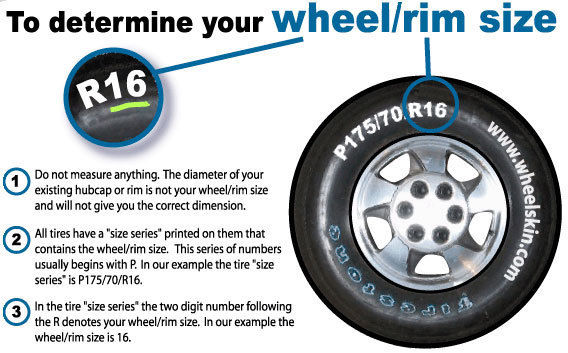 In particular, with a tire profile width of 225 cm, this figure must be divided by 25.4 mm (1 inch) - we get a value of 8.85 inches. 25% must be deducted from the resulting figure (admissible increase for tread width). With a simple calculation, the resulting figure for the rim width is 6.63 - round up to 7 and get the allowable rim width (J7) for a tire with a tread of 225 cm.
In particular, with a tire profile width of 225 cm, this figure must be divided by 25.4 mm (1 inch) - we get a value of 8.85 inches. 25% must be deducted from the resulting figure (admissible increase for tread width). With a simple calculation, the resulting figure for the rim width is 6.63 - round up to 7 and get the allowable rim width (J7) for a tire with a tread of 225 cm.
This calculation is suitable for any type of road transport (compacts, SUVs, commercial and trucks): using this method, you can correctly calculate the tire width for 17, 18, 19 inch wheels and also pick up tires for 13 inch wheels. If you are afraid of making a mistake in the calculation, you can use the rubber-to-rim ratio table or, as mentioned at the very beginning, select the parameters online using the visual tire and wheel compatibility calculator.
Tires wear out faster, and they are changed seasonally twice a year, so they are most often matched to the rim. But it also happens the other way around: the tire is still intact, but the disk is damaged. And if this is not iron that can be rolled, but casting, as a rule, you have to change all 4 rims. Finding the right model is not an easy task. And even if there is, then one or two discs in the store may not be sold. So you have to figure out how to choose wheels for tires according to tire size. We will try to help you in this matter.
But it also happens the other way around: the tire is still intact, but the disk is damaged. And if this is not iron that can be rolled, but casting, as a rule, you have to change all 4 rims. Finding the right model is not an easy task. And even if there is, then one or two discs in the store may not be sold. So you have to figure out how to choose wheels for tires according to tire size. We will try to help you in this matter.
What to choose, and according to what criteria
All tire parameters are indicated not only on the label, but also stamped in clear print on the rubber itself.
Everything you need to know for selection, read on the tire
First of all, to select a wheel for a tire, pay attention to the diameter of the latter - it is of the greatest importance when selecting, and must necessarily match.
In order for the size to fit perfectly, the diameter of the rim must match the bore size of the tire
Note: For passenger cars and commercial vehicles, the range of diameters (although dealers and motorists refer to them as radii) varies from 13-22 inches.
For a disc, this size indicates its outer diameter, and for a tire, the diameter of the mounting hole.
Tire size
The next very important dimension is the rim width (P), which should not exceed the corresponding tire size or be much smaller. The narrowest tire for small cars is 155 mm, which corresponds to a rim width of 5 inches. On the same discs, you can put a tire up to 185 mm wide, as it is soft and able to take a given shape. But with an even greater increase in the width of the profile, it is necessary to increase the width of the disk.
In total, there are 13 variations of this parameter for passenger car rims, and in order to select the width of the rims in relation to the tire, it is enough to familiarize yourself with this information:
| for rims | ||
| Tire profile width range (minimum, maximum), mm | Optimal tire width, mm | |
| 5 | 155-185 | 165-175 |
| 5,5 | 165-195 | 175-185 |
| 6 | 175-205 | 185-195 |
| 6,5 | 185-215 | 195-205 |
| 7 | 195-225 | 205-215 |
| 7,5 | 205-235 | 215-225 |
| 8 | 215-245 | 225-235 |
| 8,5 | 225-255 | 235-245 |
| 9 | 235-265 | 245-255 |
| 9,5 | 245-275 | 255-265 |
| 10 | 255-285 | 265-275 |
| 10,5 | 265-295 | 275-285 |
| 11 | 275-305 | 285-295 |
Which rim fits which rubber can be seen in the table. If you pay attention, with the same tire profile width, you can choose several options for the width of the disk. For example, for the most popular foreign brand 205 profile, you can take disc 6; 6.5; 7 and 7.5 inches.
If you pay attention, with the same tire profile width, you can choose several options for the width of the disk. For example, for the most popular foreign brand 205 profile, you can take disc 6; 6.5; 7 and 7.5 inches.
Tip: It is better not to take into account the extreme values (here it is 6 and 7.5), but look only at the optimal ones, which are 6.5 and 7 inches. A rim that is too narrow can cause the tire to flare, while a rim that is too wide will stretch too far and be easily damaged.
When buying discs in a store, the dimensions are always indicated on the price tag. If you are going to buy used discs, then their width, which is marked with the letter J, can be viewed on the disc itself. The diameter of the rim is always indicated next to it.
You will find out whether the rubber will fit the wheel by reading these dimensions
Before choosing the wheels for size, we advise you to pay attention to the tire profile.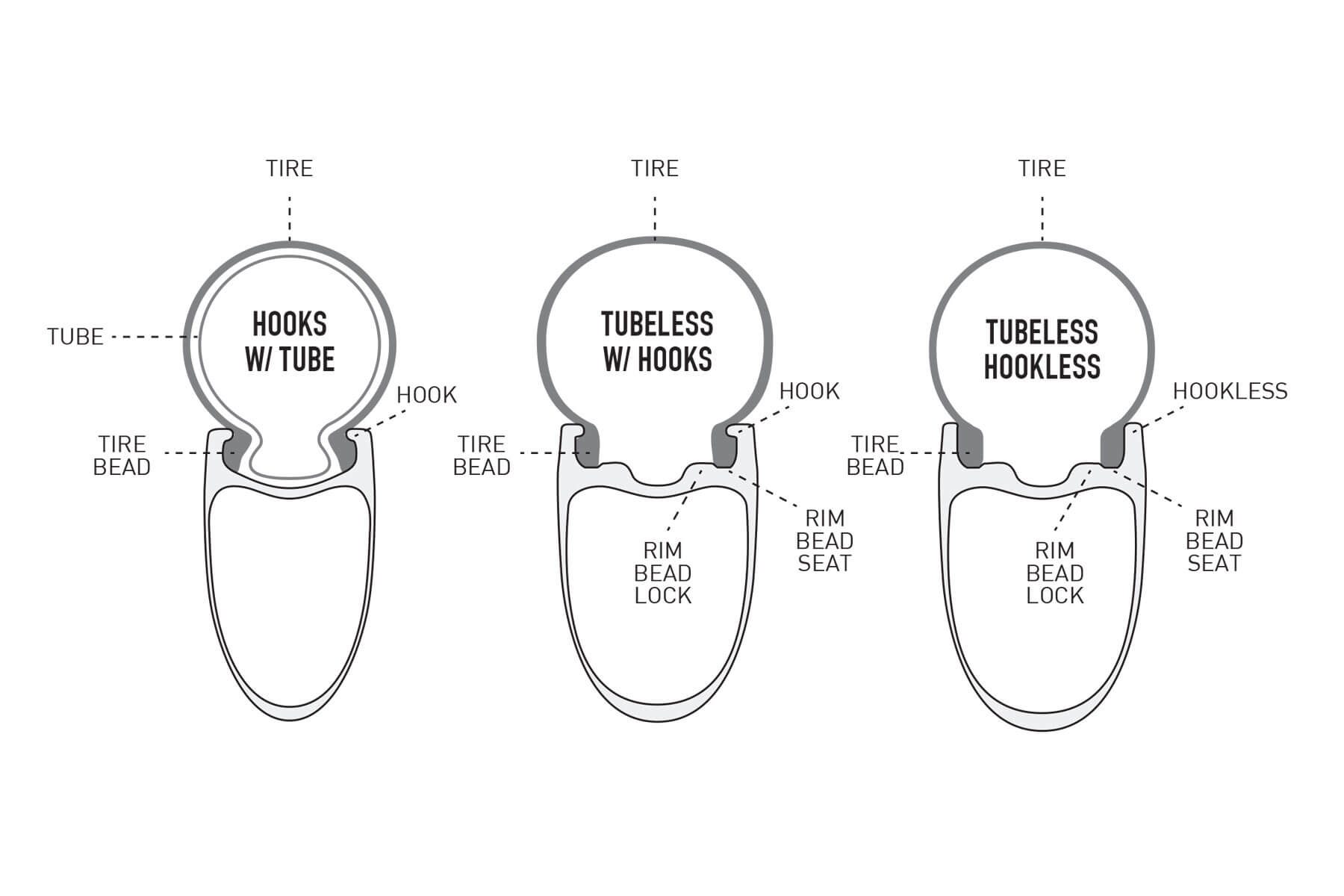 This parameter is the percentage of the profile height (sidewall) to the width, and is denoted by the letter H. arch and touch it during rotation.
This parameter is the percentage of the profile height (sidewall) to the width, and is denoted by the letter H. arch and touch it during rotation.
It is very important to choose the right wheels for the width of the rubber
As you can see, with an increase in the diameter of the wheel, its width also increases, but the height of the profile, on the contrary, decreases - just so that the wheel assembly can freely fit into the arch and rotate without interference.